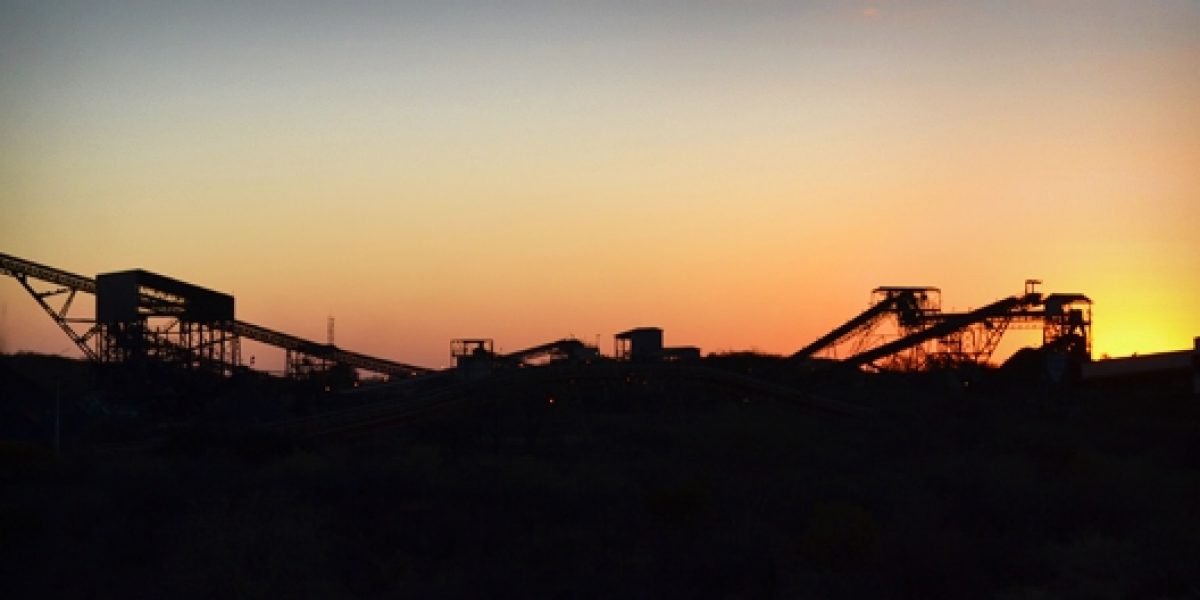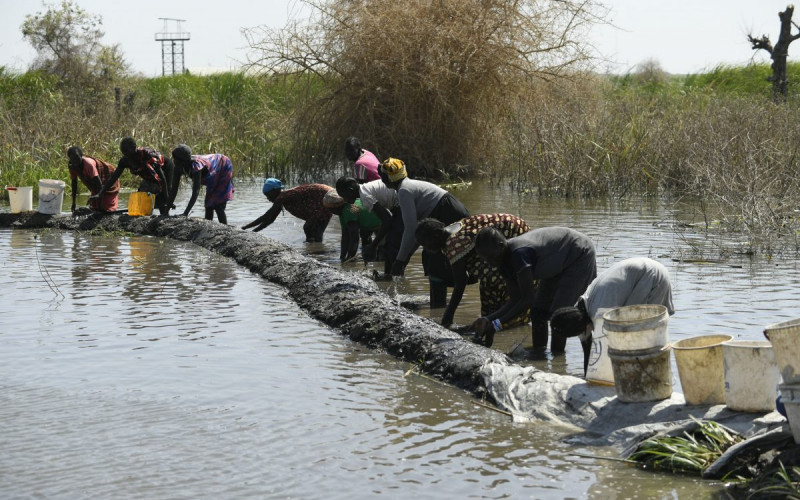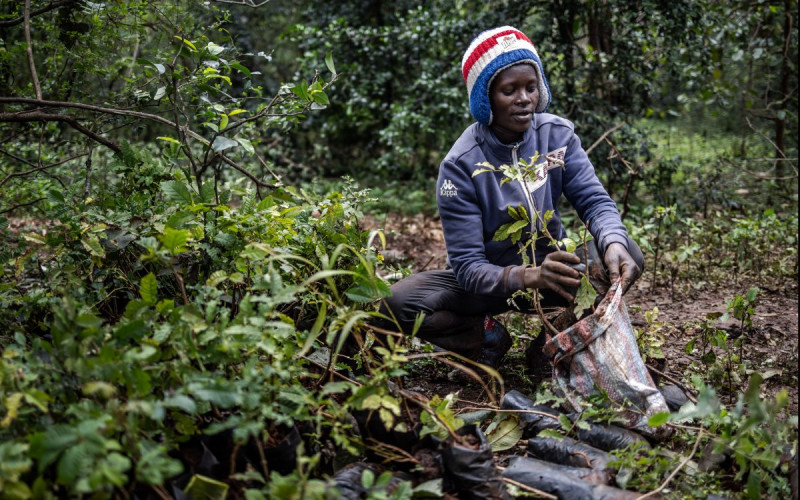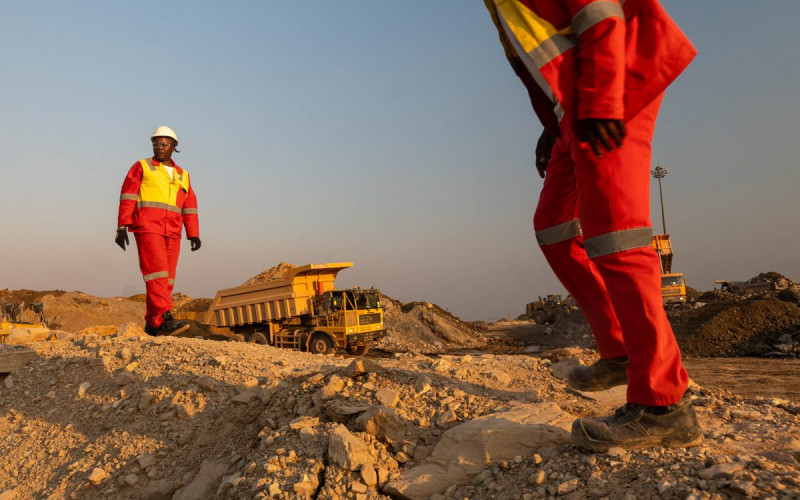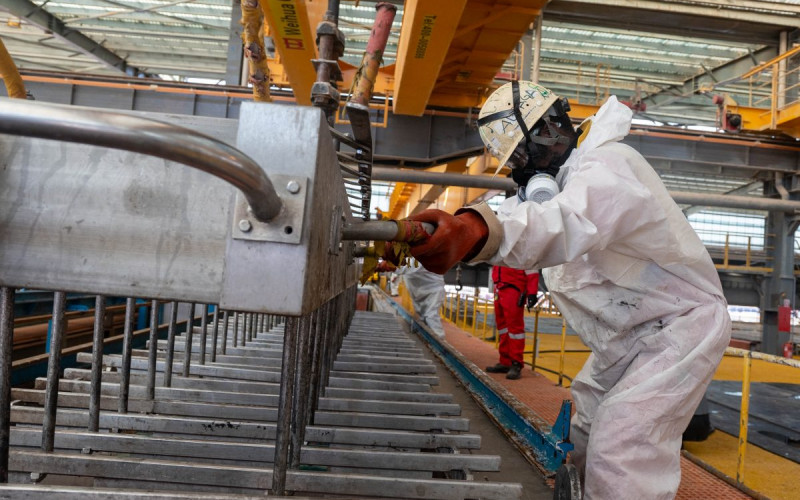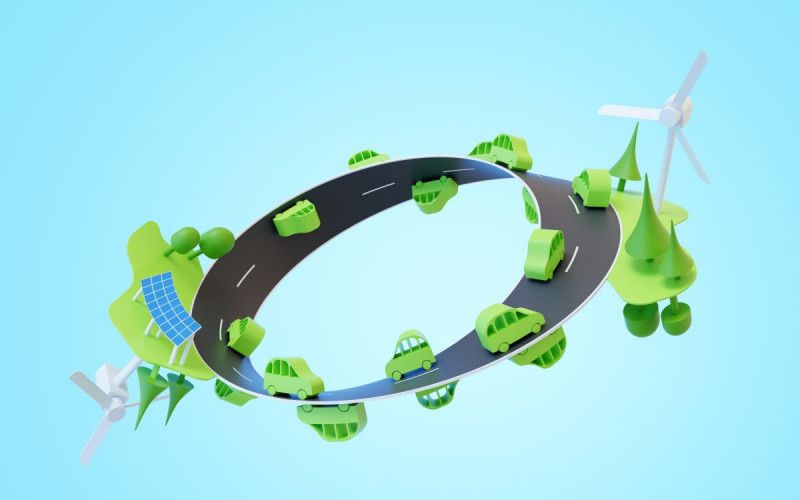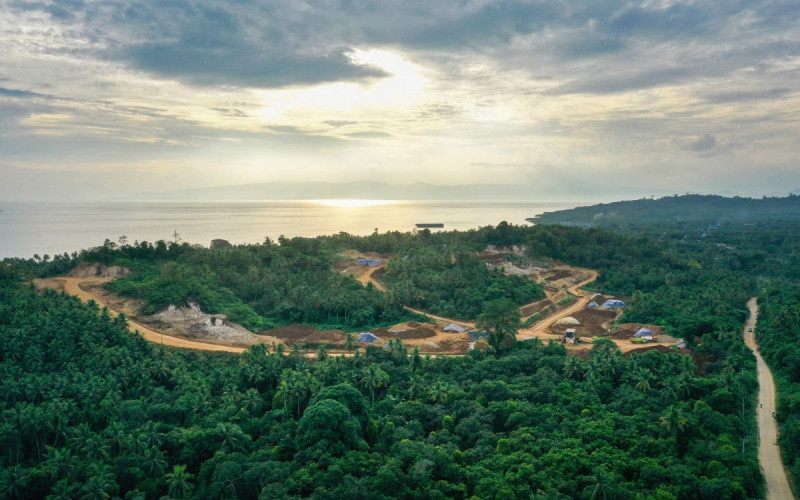Guinea’s tier-one iron-ore deposit, for instance, is under one of Africa’s last remaining rain forests. More recently, Tsodilo Resources has inferred that there is an iron-ore deposit of 441m tonnes west of the ‘panhandle’ of Botswana’s Okavango Delta, a recently declared World Heritage Site. The Block 1 deposit contains high-grade ore, worth an estimated US$ 14bn at current prices. The company estimates a potential 5 to 7 billion recoverable tonnes in Block 2 (a much larger area still under exploration). Despite the currently declining iron-ore price, there are no iron-ore substitutes for producing steel, which means that long-run demand is likely to remain robust.
From an economic perspective, Botswana has a formidable comparative advantage in the region, with extensive copper and coal deposits complementing its iron-ore.
Copper is an essential additional ingredient to the steel-making process, and low-grade thermal coal can be burned to provide the electricity that would be required for Botswana to pursue a steel industry. Diamonds are not forever, and the windfall revenue they currently generate for Botswana’s GDP (and government revenue) will begin to decline in the near future, as deposits become depleted.
The government is therefore under pressure to pursue alternative options for economic diversification before that future arrives. Consensus among analysts of Botswana’s political economy is that the government has been adept at deriving sufficient rents from diamond mining and processing, but less adept at allocating those rents in an efficient manner for future economic sustainability. The political incentives to do so appear to be lacking, despite Botswana’s reputation for possessing high-quality political institutions.
From a more integrated and longer-term perspective, switching from diamonds to other finite resources may be economically myopic.
First, iron-ore, copper and coal are also exhaustible resources. Simply exporting each of these in raw form, as appears to be the current economic plan, would therefore also not be sensible. This is especially true given the magnitude of expenditure necessary to build export-facilitating infrastructure. Coal prices are plummeting and few global export markets remain. China, for example, is expected to limit the import of coal below a certain calorific value in the near future. Beneficiating Botswana’s resource mix into steel therefore appears to make more sense.
Second, the extraction of these resources poses an inherent environmental risk, especially if iron-ore extraction near the Delta is not well managed. The Delta is not merely biologically important; it also generates significant tourism revenue, currently the second largest contributor to GDP. If mining compromises the ecological integrity of the world’s latest heritage site, sustainable tourism would be undermined for the sake of comparatively short-term gain.
There are other threats to the Delta too. Intensification of irrigated agriculture in Angola could lead to considerable upstream water abstractions. Some estimates suggest that irrigation by standard methods in both Angola and Namibia could consume up to 15.7% of the wetland’s mean annual inflow. There is also talk of a hydropower dam being built by Namibia, to which there has been considerable resistance.
These activities, if they go ahead, may damage the sensitive hydrological flow on which the Delta relies for its productivity. Increased population growth around fertile flood plains poses similar challenges. Around the buffer zones, cattle are being driven into the Delta to graze, largely as a result of inland overgrazing. Many are killed by crocodiles and ingest parasites they are not designed to withstand. The primary human disability in the Seronga area is injury from crocodile attacks. This exacerbates human and wildlife conflict, which is already acute due to migrating elephants occasionally raiding agricultural crops.
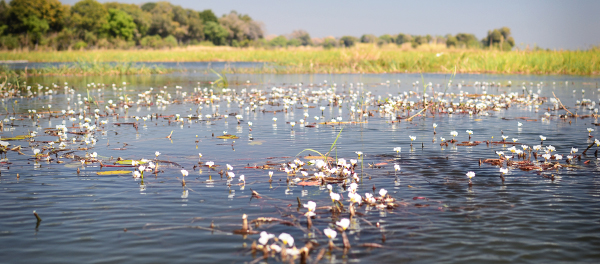
Excellent work is being accomplished by the Eco-Exist project to mitigate this particular risk. They are monitoring elephant movements with a view to establishing dedicated migration corridors in which there will be no human activity. Lastly, in the absence of hunting revenue (hunting was banned in 2012 in Botswana), some community members around the Delta appear to have become either actively involved or at least complicit in game poaching.
There is however a silver lining. Mining could play an unexpected role in helping to maintain the ecological integrity of the Delta.
That the Delta has been declared a World Heritage Site is useful. Its international status imputes a significant reputational risk to any mining company degrading the environment near the Delta. This is complemented by the fact that Tsodilo Resources in particular is listed on the Toronto Stock Exchange (TSX). It is therefore subject to domestic Canadian rules governing environmental management.
The company is also in partnership with the International Finance Corporation (IFC) of the World Bank, further incentivising it to play by stringent environmental rules. But institutional arrangements are not a guarantee of cooperation. It is therefore also important to examine endogenous motivation for adherence to sensible rules, and how this might further be enhanced.
From a governance perspective, then, two approaches are possible.
The first is to punish defection (environmental degradation) with heavy penalties, such that the company is negatively incentivised to comply.
The second, more productive approach is to incentivise co-operation (environmental preservation) by enlisting mining companies as allies in an integrated management approach. Land-use planning and community-based natural resource management, for instance, are governance mechanisms to which mining companies could lend their support. This is a preferable strategy.
For too long mining and the environment have been conceived of as mutually exclusive ends. This need not be the case, especially in a world that requires creative solutions to pressing problems.
In Botswana, the government needs to carefully consider its policy framework regarding mining in ecologically sensitive areas. Community engagement should also begin well in advance of mining operations. Iron-ore mining could, in the longer term, provide high levels of employment for local communities (notwithstanding the difficulties of short-term skills shortages). There is an immediate opportunity for the government to partner with Tsodilo to promote local skills development.
Moreover, opportunities for labour and skills migration from the declining diamond industry may also exist. While the resultant population growth poses a different set of challenges, more money in the hands of local people means that they will be better placed to benefit from tourism activities in the Delta, either through individual consumption or service provision. It also means more potential capital available for community-led enterprises (both in tourism and natural products), of which too few exist at present.
If communities benefit in a tangible way from mining they could become the most effective allies in the endeavour to preserve what Frans Lanting famously called the ‘Last Eden’. In the final analysis, mining may ironically provide the means necessary to sustain the Delta for future generations.

